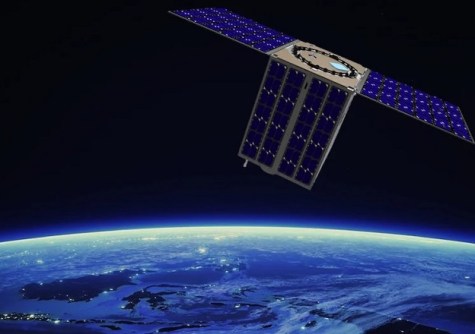
The government of Western Australia has committed a $3.5 million co-investment to assist Earth observation satellite company LatConnect 60 build a satellite assembly facility.
The funds are being directed through the government’s Investment Attraction Fund (IAF).
WA’s first ever commercial satellite assembly facility will be suitable for:
- satellite payload development and manufacturing;
- satellite assembly; and
- payload integration.
LatConnect 60 is co-investing a further $3.5 million to fund sensor calibration, spectrum licence, ground segment (operations and communications) along with data processing.
The multi-million-dollar funding package will facilitate the construction of an Earth observation satellite that will be launched in 2026 and will be used to detect, monitor and quantify greenhouse gas emissions across the world.
According to LatConnect 60, the Short-Wave Infrared Imagery Satellite (SWIRSAT) will generate very-high-spatial resolution EO data.
As part of the Australian Space Agency’s International Space Investment India Projects program, SWIRSAT will carry advanced sensors and an edge computer provided by Sydney-based Spiral Blue. These components will be integrated onto Gilmour Space’s ElaraSat satellite bus at Gilmour’s Australian Space Manufacturing Network facility in Queensland, and launched by Skyroot Aerospace in India.
SWIRSAT’s specifications include:
- Short-wave infrared: 4 bands (4m resolution)
- VNIR: 8 VNIR bands (1.5m resolution)
- Orbit: 500 km
- Inclination: 45°
- Swath width: 14 km
LatConnect 60 is aiming to provide near daily monitoring of assets globally, and to achieve this it plans on building a constellation of up to 18 satellites in WA.
The market size of the global small satellite industry is expected to grow from US $2 billion in 2022 to US $13.2 billion by 2032.
Over 2,300 small satellites were launched in 2022 and a further 50,000 are anticipated to be launched globally by 2030.






